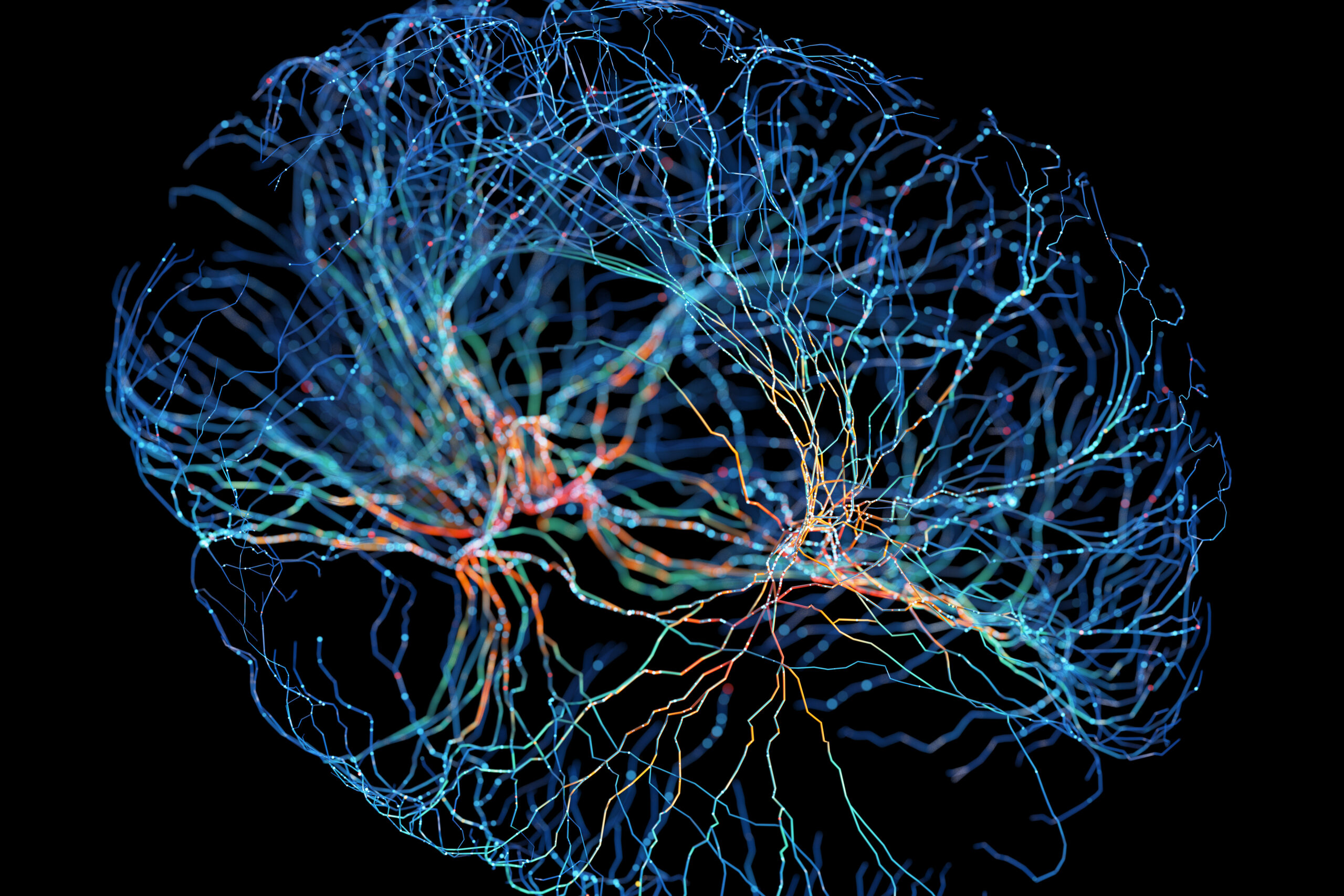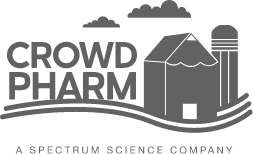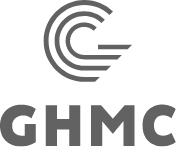
It’s no secret that neuroscience has been playing catch-up with other therapeutic areas, but that’s changing fast. Thanks to new technologies and discoveries, we’re seeing rapid progress and a palpable excitement within the scientific and medical communities. As an agency that places a high value on science, Spectrum Science is eager to see what’s coming next and is keeping a close watch on the field. Below are five reasons we’re excited about the current state of neuroscience research and development (R&D) and why you should be too!
Expanding knowledge of the brain
The complexity of the human brain has confounded the scientific community’s ability to understand and influence its’ inner workings. And though much of it still remains a mystery, researchers have made significant progress over the past decade, during which we have also seen an influx in investment into neuroscience R&D. This has resulted in some major moments in both early research and clinical trials for the field, including the reprogramming of stem cells into neurons, the ability to create complex 3D brain organoids to further fundamental understanding and research and the first disease modifying therapy for Alzheimer’s disease.
And just this year, scientists achieved a staggering feat: the mapping of cell structure and function within a cubic millimeter of a mouse brain, consisting of tens of thousands of neurons and hundreds of millions of connections. This effort is part of The MICrONS Project, which has produced an extremely valuable data set, opening up countless avenues for further research.
The ability to get more (and new) medicine into the brain
The blood brain barrier is highly selective and effective, safeguarding the delicate composition of the brain. However, it limits the ability to deliver potentially life-changing medications for the treatment of neurological conditions.
New innovations in molecules that can facilitate the transport of medicines across this protective barrier are promising to increase the amount and types of medicines that can be delivered. This could allow for a much broader range of modalities to be used when they have historically been very limited, bringing with it the possibility of efficacy not yet seen to date in neuroscience. Companies are actively building these platforms in-house, acquiring smaller companies or entering into partnerships to open up their options in neuroscience.
The imminence of meaningful breakthroughs in Alzheimer’s disease
Therapies targeting amyloid-beta, one of the earliest pathological hallmarks of the disease, were a major step forward for patients with Alzheimer’s disease. Since then, the momentum to treat this devastating disease has continued and expanded beyond this foundational approach. We are now seeing a diversification in therapeutic approaches targeting various aspects of Alzheimer’s disease pathology, from pathological tau to processes further upstream, like ageing.
Also offering hope are new diagnostic tools that are less invasive and more cost-effective: blood tests. Reliable blood-based biomarkers that can accurately detect Alzheimer’s disease early are poised to change how and when providers and patients think about diagnosis and treatment. The FDA recently cleared the first blood test for the diagnosis of Alzheimer’s disease. This test, intended to be used in patients with signs and symptoms of the disease, puts us one step closer to the ultimate goal of one day being able to proactively test asymptomatic, at-risk people in an effort to stop the manifestations of the disease before they even begin.
The potential of incretin-based therapies
It seems there is not a corner of medical research that incretins (GLP-1s/GIPs) don’t touch at the moment, and that includes neuroscience. The wide adoption of these therapies for type 2 diabetes and more recently, obesity, have provided a population from which researchers can elucidate other potential benefits. The possibility of neuroprotective effects was the topic of a plenary session at the 2025 American Academy of Neurology (AAN) Annual meeting. Evidence here is currently limited, but we will be watching closely to see if these medications extend their current streak of success into neurological disorders.
The acceleration of R&D with artificial intelligence and machine learning
Augmenting the intuition and ability of scientists, AI and machine learning are enabling the mining of huge data sets in order to uncover new causes of disease, genetic markers, potential therapeutic targets and the identification of ways to more efficiently run clinical trials, such as improved patient selection. This is true across therapeutic areas, but we would be remiss not to highlight it as a key driver of the progress we are sure to see in neuroscience over the next 5 years.
So, what does this all mean for companies who want to communicate their innovation and be seen as a scientific leader in neuroscience? Opportunity abounds. The field is brimming with potential and, with that, potential for those who are willing to step up and stand out within this dynamic landscape. Effective, engaging and human-focused scientific storytelling will be key to successful communications that help articulate complex innovations with clarity and impact, ensuring that groundbreaking research resonates with broader audiences and stakeholders alike. By leveraging thoughtful communication strategies and partnering with an agency dedicated to scientific rigor, organizations can not only elevate their narrative but also inspire trust and confidence in their contributions to the transformative field of neuroscience.
Looking for a science-minded communications partner? Reach out to us to discover how Spectrum Science can help elevate your scientific storytelling.
Perspectives

Communications
J.P. Morgan Healthcare Conference 2024: Unity and Hope Amid Industry Challenges

Communications
Attending HLTH 2024: Where Networking, Brand Boosting and Cool Collide

Communications
A Reflection on Mentoring Future Biotech Communicators

Communications
Top 5 Ways Consumer Brands Make an Impact at Medical Meetings





